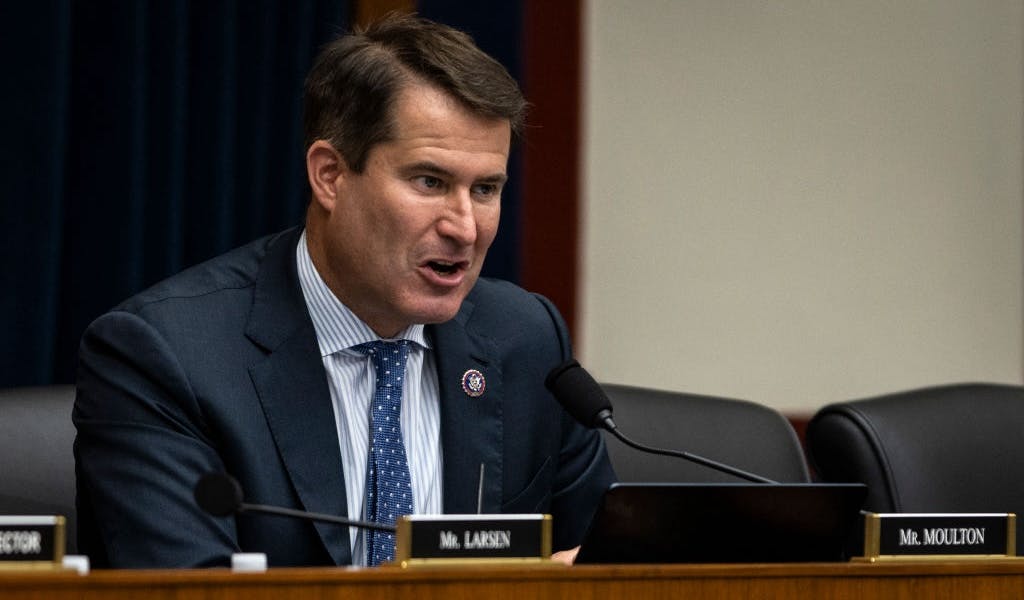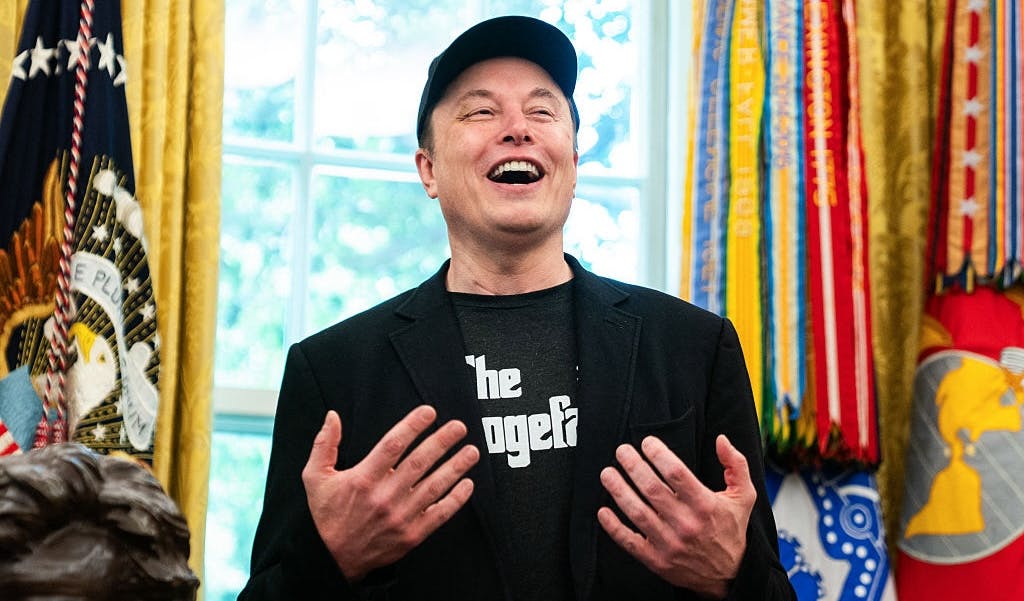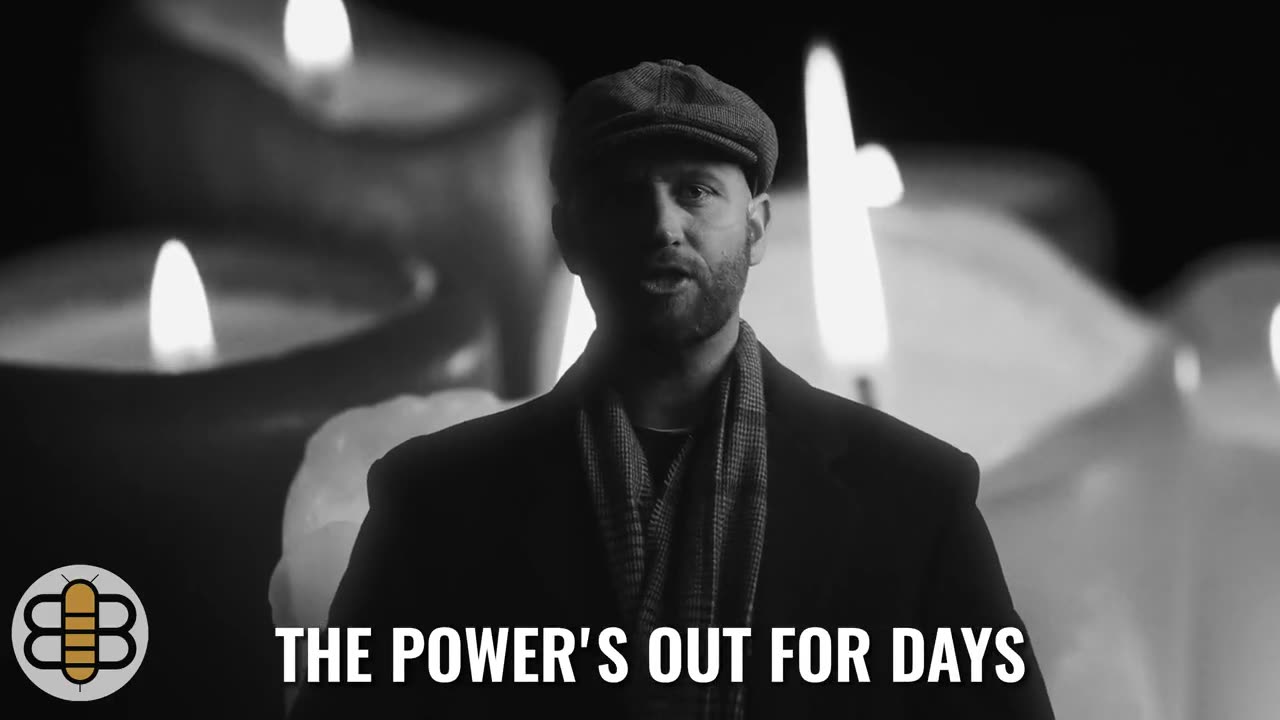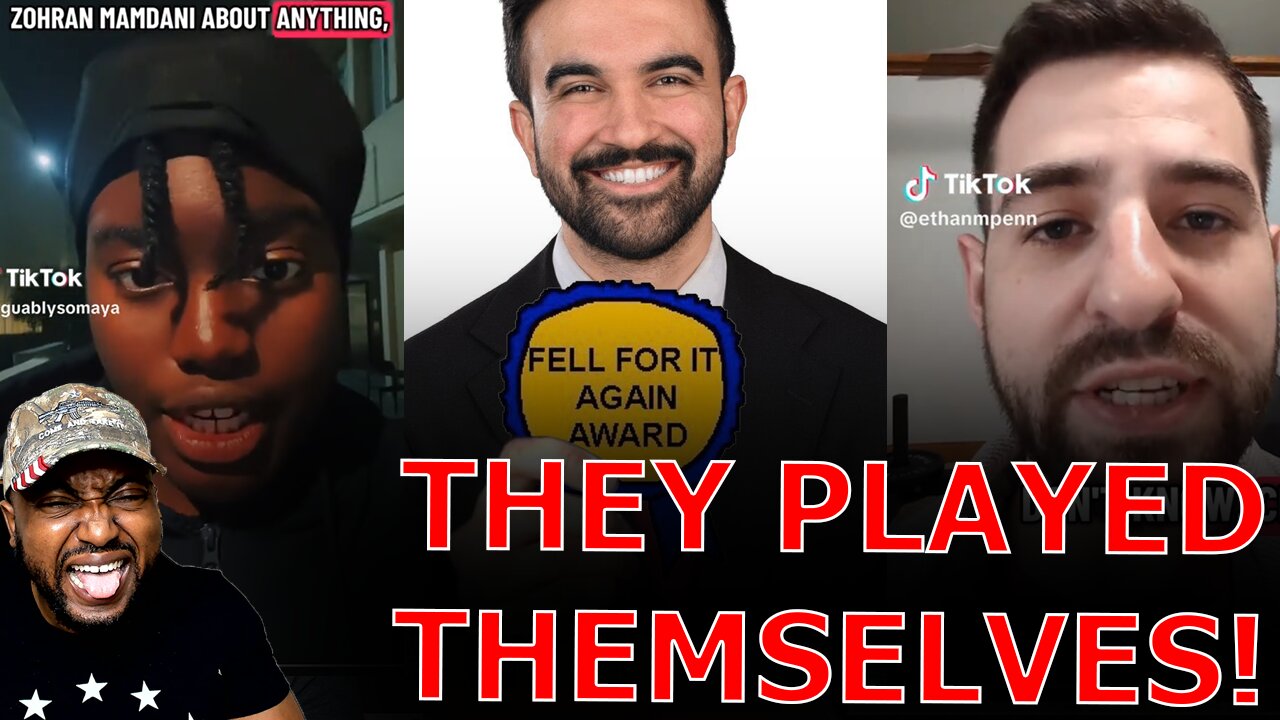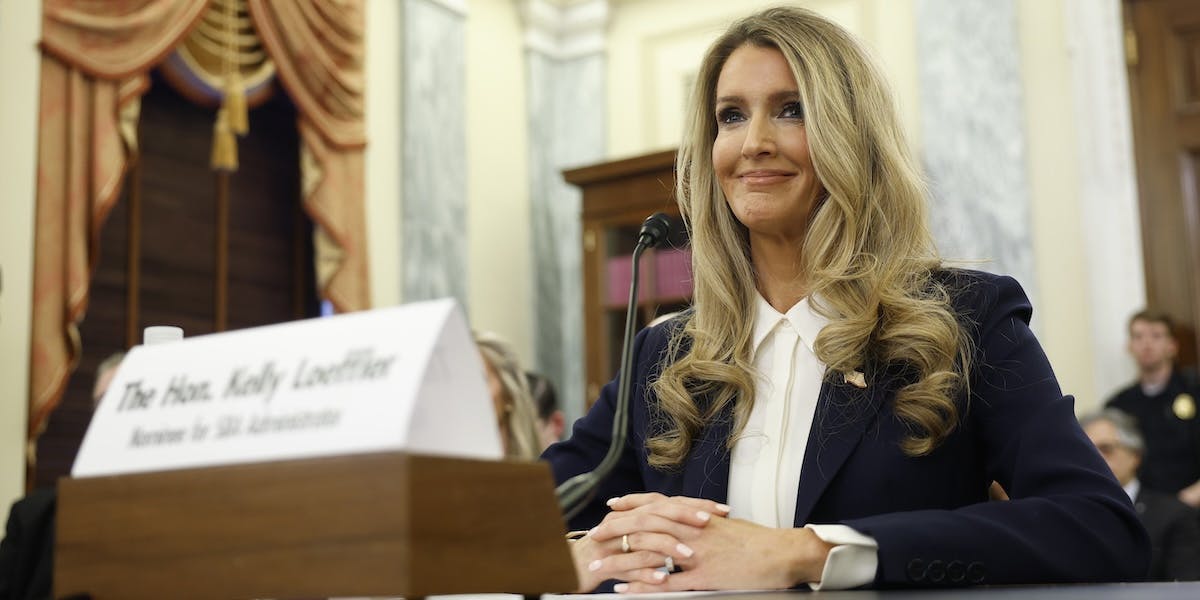Boys Are Now Caught Under The Spell Of Predatory Algorithms

As Americans, we like to think our boys are tough and resilient. But online, they’re the most vulnerable — and the most overlooked.
The internet has become a digital trap for millions of young men and boys. The addictive features programmed into smartphones, social media, video games, and online pornography are intentionally designed to hook kids at an early age.
Boys are now spending significant amounts of time gaming, scrolling, and chatting on platforms that were never built for their safety.
In the aftermath of Charlie Kirk’s assassination by suspected shooter Tyler Robinson, a Wall Street Journal columnist astutely noted, “Political violence is a problem. But so is the atomized culture in which young men retreat into confused inner worlds and virtual realities, which can be as addictive and destructive as any drug.”
Across America, young men are drifting into digital isolation — where algorithms, pornographers, sexual predators, and toxic role models, not parents or mentors, manipulate their mindsets and attitudes and ultimately shape who they become.
Those algorithms are now even more powerful. A Common Sense Media survey revealed that “algorithms, not user intent, are the primary driver of boys’ exposure to posts about masculinity; 68 percent of boys who see such material online say it started showing up in their feed without them searching for it.”
Toxic influencers online exploit boys searching for identity, feeding them anger, distorted ideas about women, and extreme behaviors amplified by social media algorithms.
Social media, video games, and online pornography are engineered for compulsion, addiction, and control. They hijack attention and reward obsession — and boys are the biggest consumers.
Violent video games can be especially problematic for boys, since they use the same first-person shooter technology used to train military and law enforcement to kill.
“Modern military and law enforcement training to adults with discipline makes killing a conditioned response. And it works … we know video games can do the same thing to our kids. The term I use is ‘murder simulators.’ The flight simulators teach you to fly — the murder simulators teach you to murder,” Lt. Col. Dave Grossman, one of the world’s foremost experts on human aggression, shared on my podcast.
According to Pew Research, 85% of U.S. teenagers play video games, with 67% of teen boys (compared to 22% of girls) playing daily. A UK report found that teenage boys (ages 15-17) spend almost 34 hours per week playing video games. Pew Research also indicates that 93% of boys ages 13-17, compared to 87% of girls, watch YouTube.
And when it comes to today’s online pornography, which often depicts violence against young women, the numbers are just as alarming. A national survey found 73% of teens 13–17 have seen pornography online, and more than half saw it by age 13. Adolescents who view this toxic content are more likely to engage in risky sexual activities or have anxiety and depression. Boys are far more likely to have sought it out intentionally.
The risks of any child or teen being online are not theoretical. Many parents who have lost children to social media challenges, like the TikTok “blackout challenge,” have said that their children were led into dangerous content by algorithmic design that favors engagement, extremes, and harmful viral trends.
As boys spend time gaming online or scrolling social media feeds alone, they are left wide open to manipulation.
The FBI has warned that global financial sextortion — predators posing as teen girls to lure boys into sending explicit photos, then blackmailing them — is one of the fastest-growing crimes targeting children, in particular minor-aged boys.
Tragically, dozens of boys have died by suicide after being trapped in these schemes. Gavin Guffey, 17, became a victim of online sextortion and sadly took his own life.
No parent should ever have to live through that nightmare.
Congress must start holding Big Tech accountable by passing the Kids Online Safety Act and other bipartisan legislation. Big Tech must ensure its products are designed with safety in mind, with default safety settings turned on, not off, and not as an afterthought once childhood innocence has been destroyed. The Department of Justice must start aggressively prosecuting the existing federal obscenity laws according to the 1997 Supreme Court ruling that determined “transmitting obscenity and child pornography, whether via the Internet or other means, is… illegal under federal law for both adults and juveniles.”
Ensuring our boys and young men are protected from harm must be a shared responsibility in which Congress, Big Tech, communities, and ultimately parents, each do their part.
Boys need fathers and mentors who model authentic masculinity — strength, responsibility, and courage. Positive role models can help them navigate the digital world and grow into men their families and our communities can rely on.
If we lose our boys to screens, to rage, counterfeit sexuality, or despair, we lose the next generation of American men. If we want strong men tomorrow, we must start protecting and guiding our boys today.
* * *
Donna Rice Hughes, President and CEO of Enough Is Enough, is an internationally known internet safety expert, author, speaker, media commentator, producer, and host of the Emmy Award-winning PBS Internet Safety series and host of the podcast, “Internet Safety, with Donna Rice Hughes”. Under her leadership, EIE created the Internet Safety 101 Program in collaboration with the U.S. Department of Justice.
The views expressed in this piece are those of the author and do not necessarily represent those of The Daily Wire.
Originally Published at Daily Wire, Daily Signal, or The Blaze
What's Your Reaction?
 Like
0
Like
0
 Dislike
0
Dislike
0
 Love
0
Love
0
 Funny
0
Funny
0
 Angry
0
Angry
0
 Sad
0
Sad
0
 Wow
0
Wow
0

